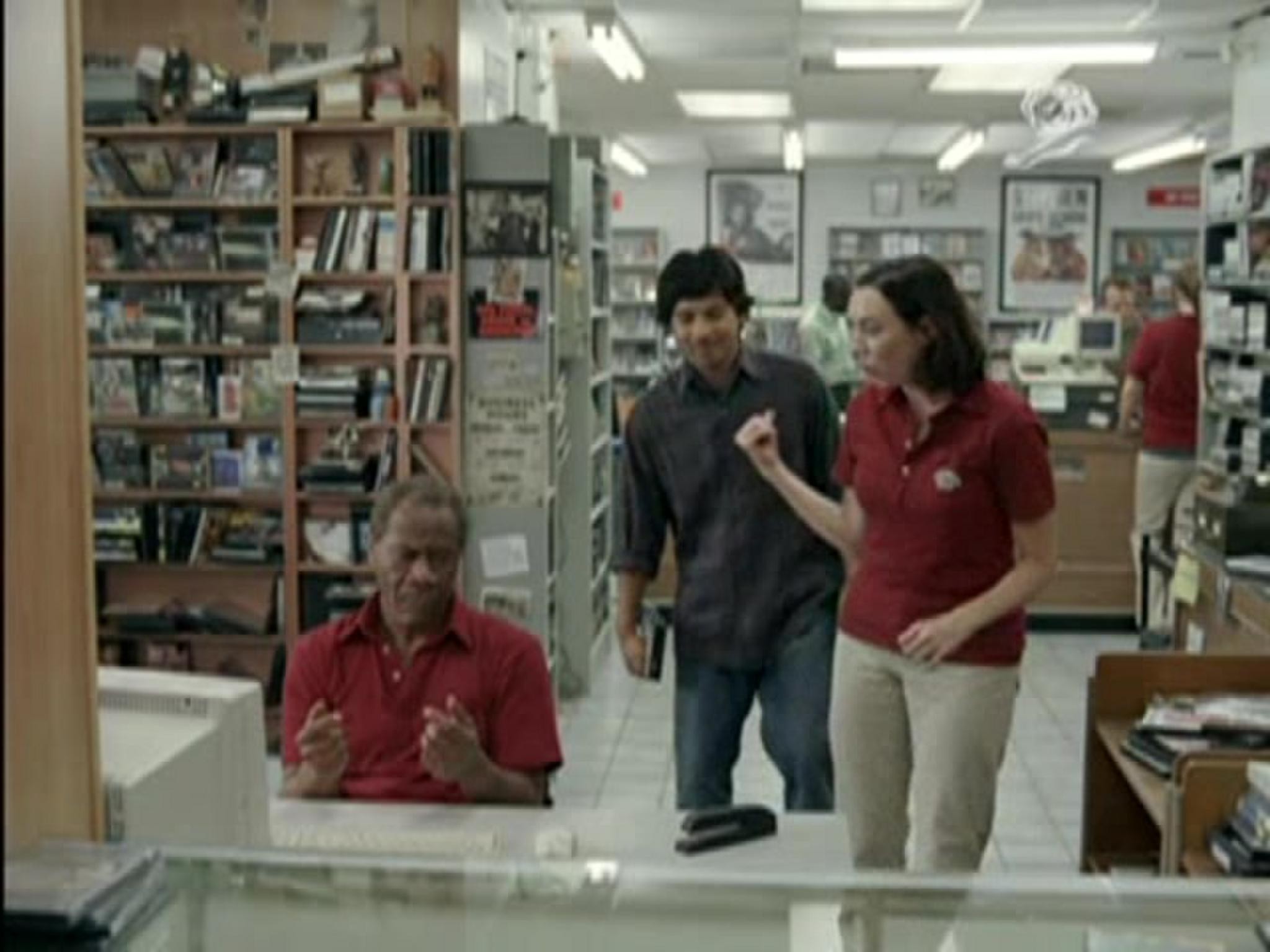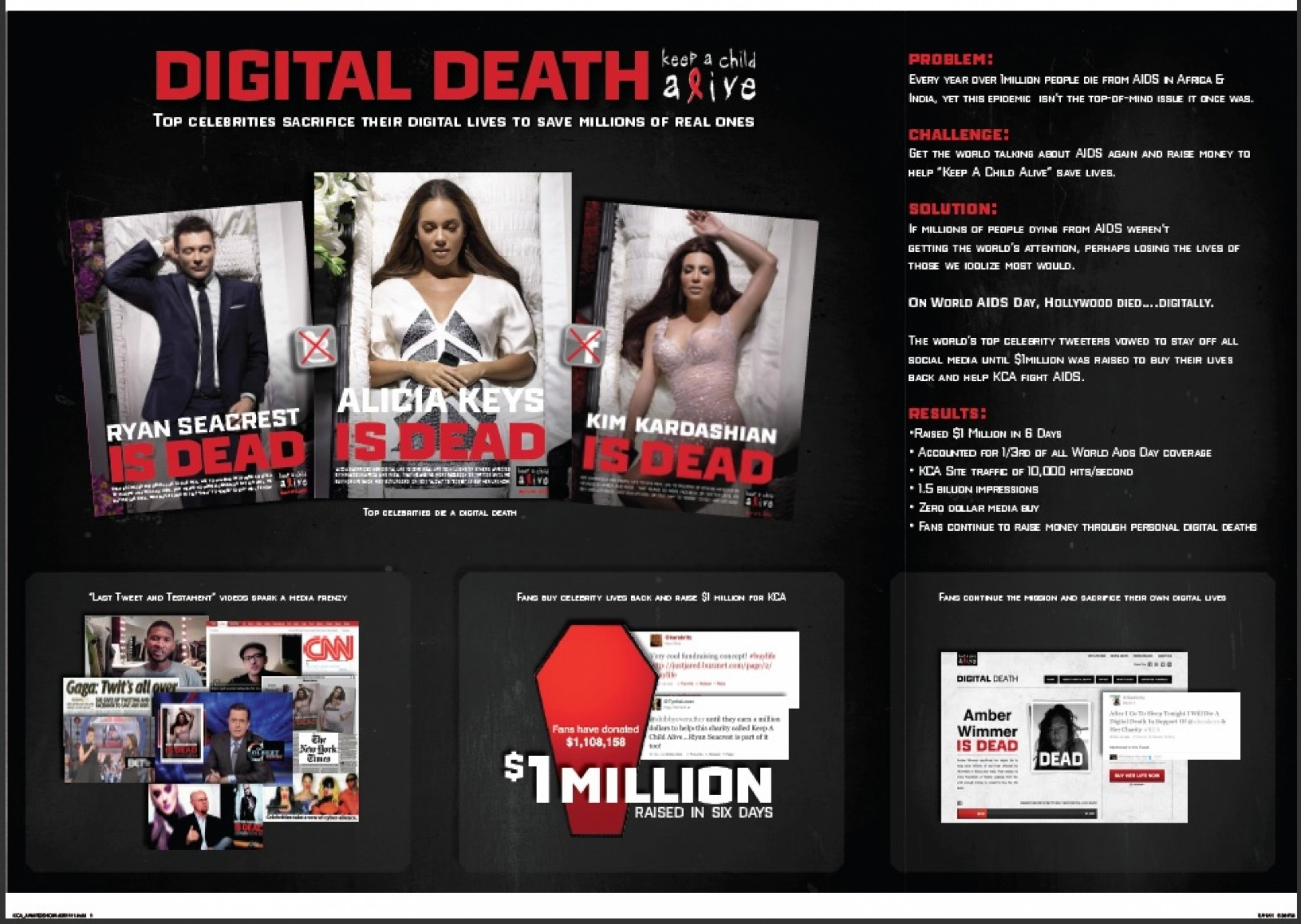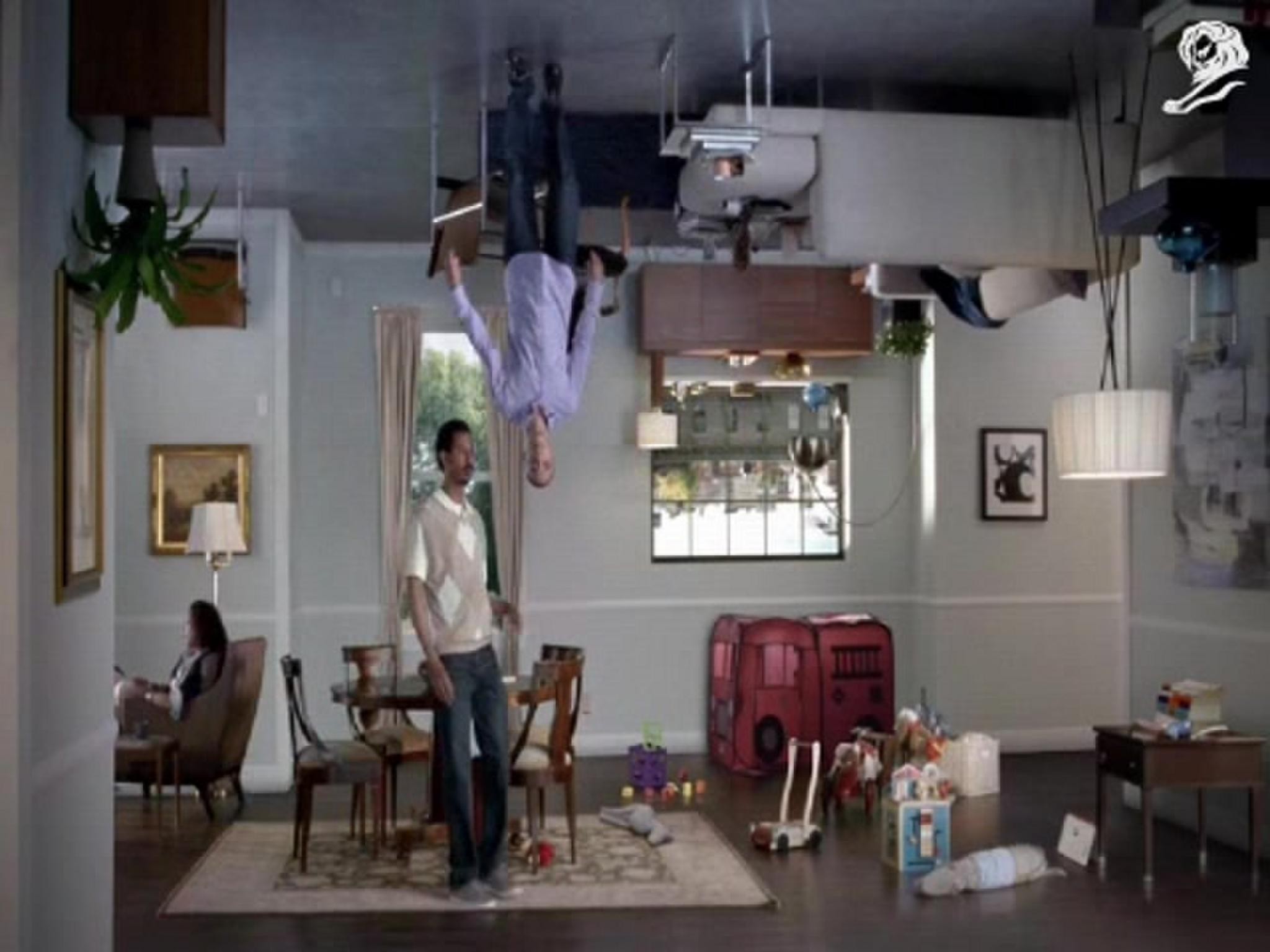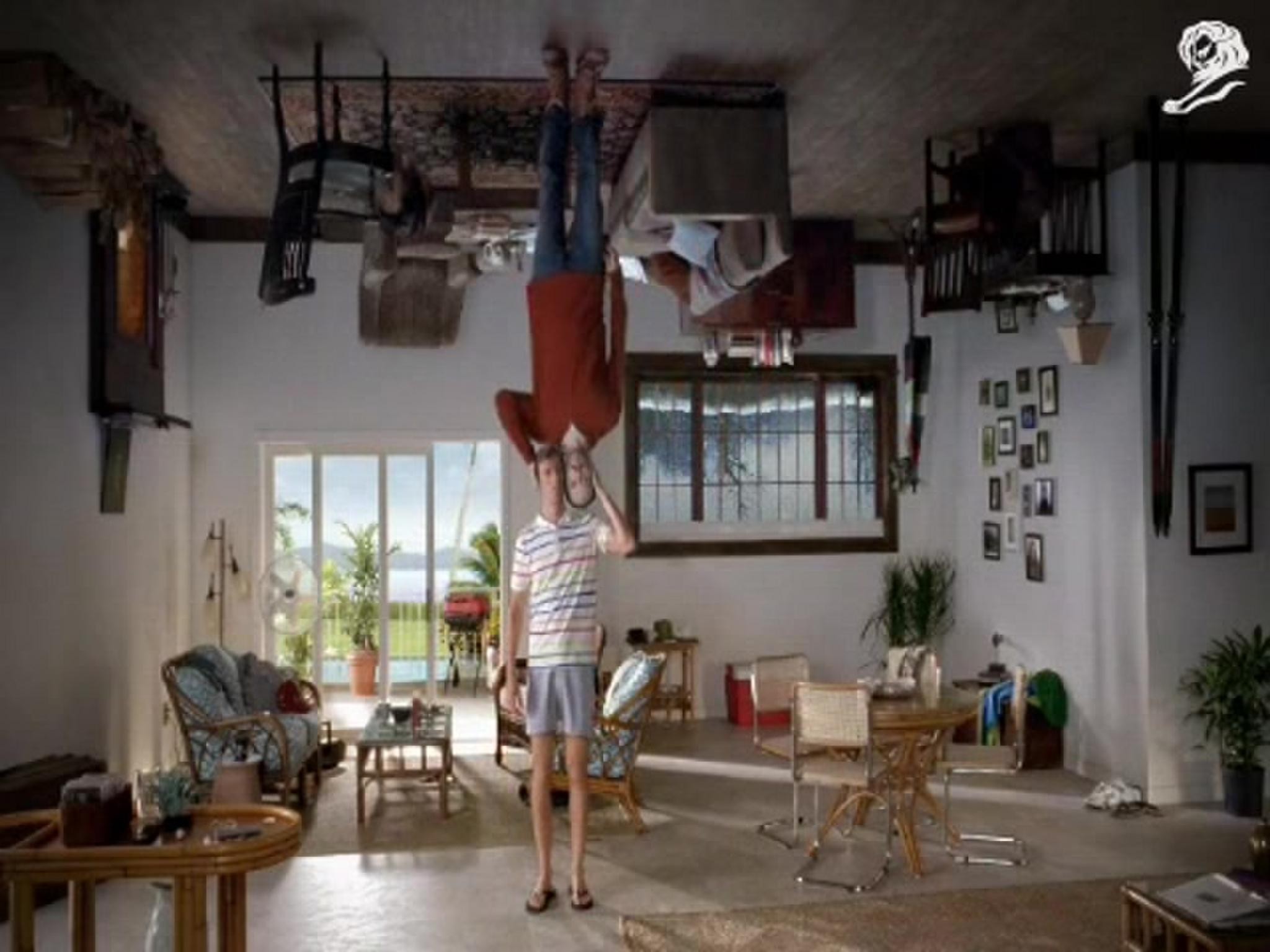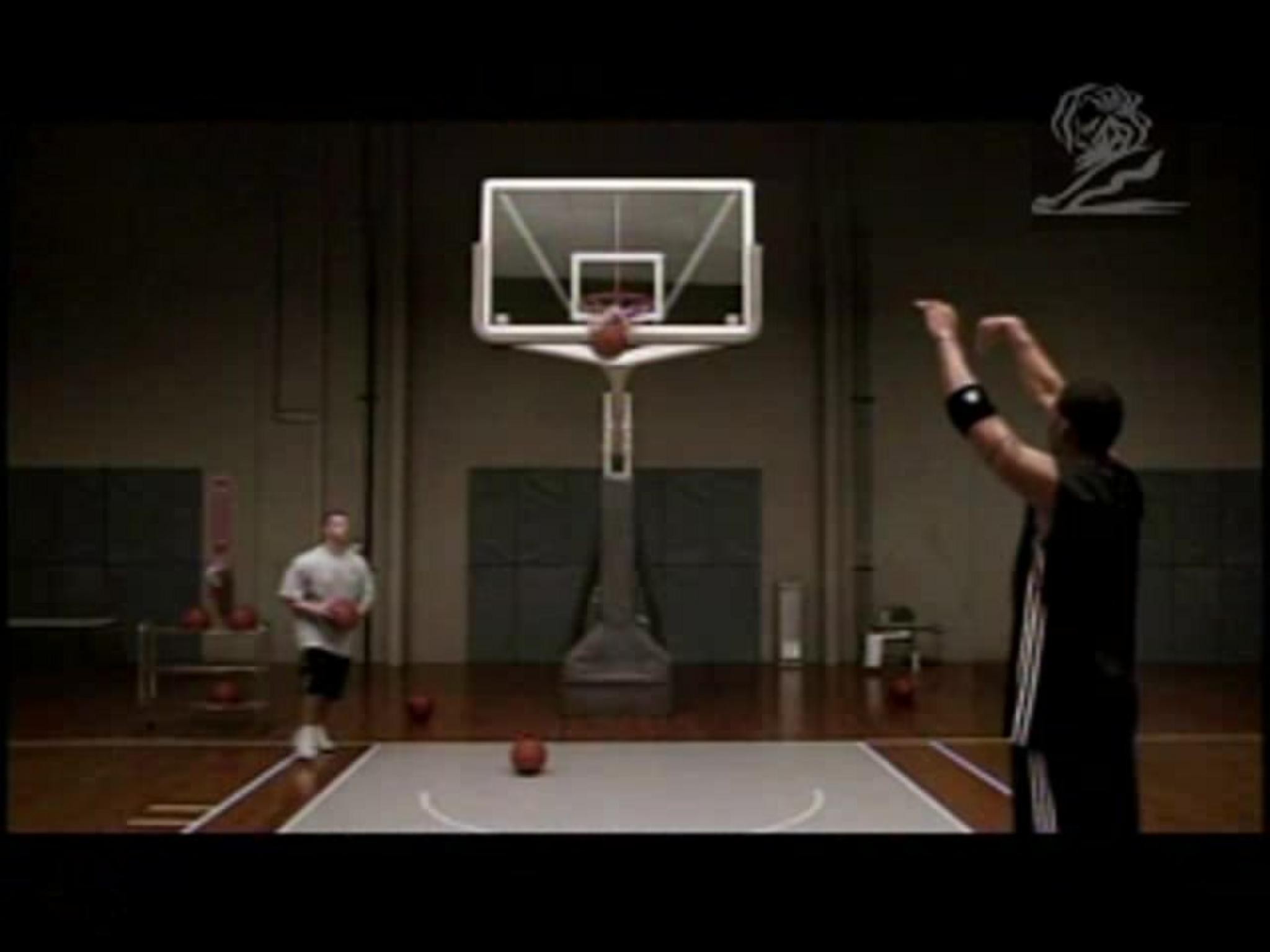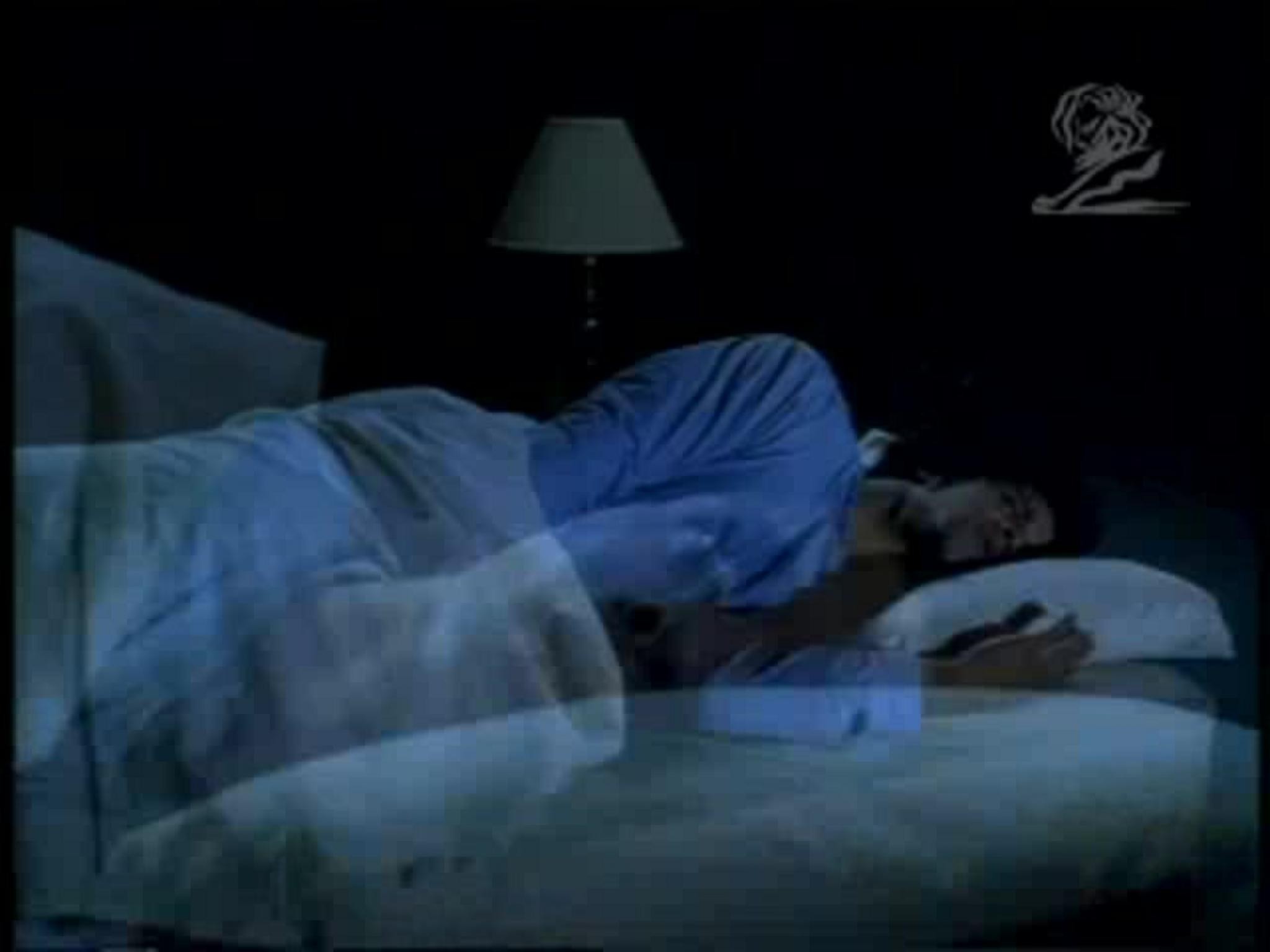Brand Experience and Activation > Brand Experience & Activation: Sectors
THE FAKE NEWS STAND
TBWA\CHIAT\DAY, New York / COLUMBIA JOURNALISM REVIEW / 2019
Awards:

Overview
Credits
Overview
Why is this work relevant for Brand Experience & Activation?
The Fake News Stand is a 360-degree brand experience that confronted Americans with the false news they were reading and sharing online. By putting misleading headlines on seemingly reputable publications, our intention was to make misinformation tangible in order to confront people with the very real problem of false news.
Our primary audience were people who read and share news online, but there was also a secondary audience: news publishers. Our message to them was that they must take responsibility for the content they circulate.
Our project exceeded expectations, generating over 300 news stories around the world.
Background
The spread of misinformation is a real problem: 1 in 4 Americans say they’ve shared propaganda online and two-thirds believe “fake news” influenced the 2016 election.
As the 2018 midterm elections approached, the Columbia Journalism Review wanted to confront Americans about the veracity of the news they were reading and sharing online. They wanted to emphasize the importance of seeking out real news from credible journalists, and to empower the electorate with steps they can take to be better informed.
Describe the creative idea
The Columbia Journalism Review wanted to confront Americans about the veracity of the news they were reading and sharing online. So we created the Fake Newsstand.
We found misleading headlines that had been widely shared online, and we put them on the covers of what looked like real, tangible publications. Inside, there was an educational guide that prompted people to question the headline’s accuracy, offered tips to spotting misinformation and explained the importance of seeking out real news produced by credible journalists — a timely message as the midterm elections of 2018 approached. Then we filled a highly trafficked newsstand in Manhattan with the fake publications and waited for people’s reactions.
Describe the strategy
The Fake News Stand’s primary audience were people who read and share news online. The spread of misinformation and fabricated news stories has gained substantial ground in the past few years, largely due to the rise of social media; according to one study, unverified stories were 70% more likely to be retweeted than real news.
As the world leader in press criticism, the Columbia Journalism Review wanted to educate Americans about the dangers of false news and show them how to recognize it, so they could become more responsible and informed voters.
There was a secondary audience: news publishers, who have a responsibility to disseminate credible, accurate and unbiased information to the masses. Our message to them was that they must take responsibility for the content they publish. The media took tremendous interest in the project, and many major news outlets devoted articles and in-depth coverage to our one-day installation.
Describe the execution
We conceived and crafted more than 20 original newspapers and magazines. Each had a unique name and layout inspired by a real publication.
Every headline was sourced from the Internet, where it had been widely shared. By putting these misleading headlines on seemingly reputable publications, our intention was to make misinformation tangible in order to confront people with the very real problem of false news.
The placement of the Fake News Stand was highly strategic, located on one of the busiest corners in Manhattan: 42nd Street and 6th Avenue. The newsstand stood directly in the paths of hundreds of thousands of tourists, residents and commuters.
CJR’s staff stood nearby the news stand and engaged each person who approached it. Our publications and the inserts were distributed for free — everyone who interacted with the Fake Newsstand got the full story behind it, and they left with something they could keep.
List the results
Though the Fake Newsstand was a physical space, our intention was to attract interest amongst online audiences through PR and earned news coverage. The attention we received exceeded our expectations: our project generated more than 300 real news stories in over 100 countries, reaching as many as two billion people.
More Entries from Media / Entertainment in Brand Experience and Activation
24 items
More Entries from TBWA\CHIAT\DAY
24 items




